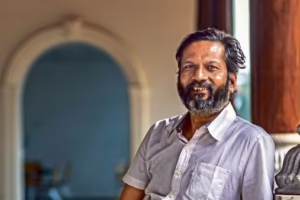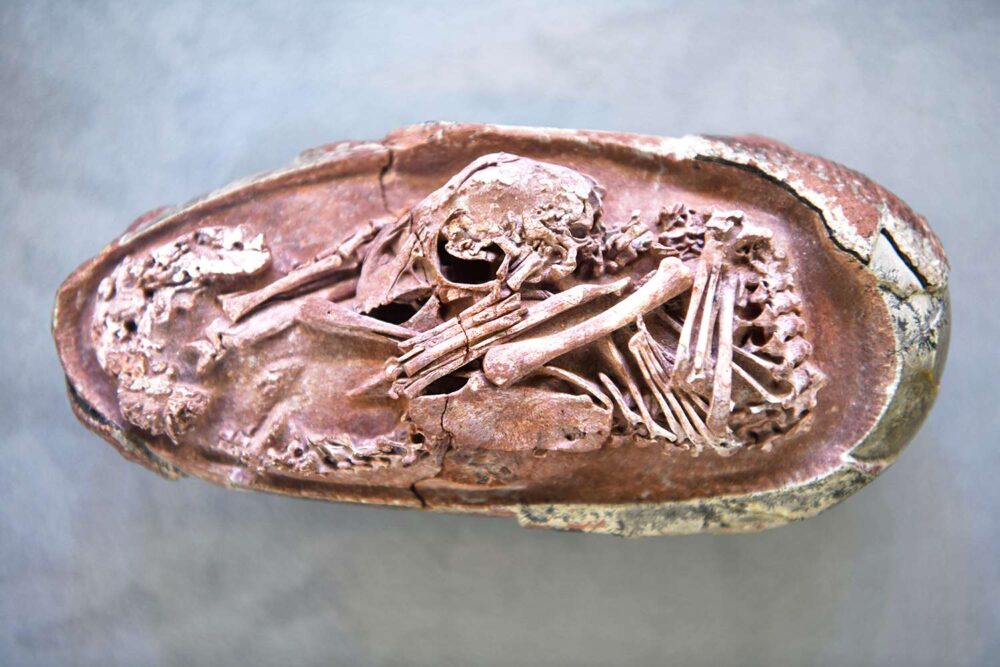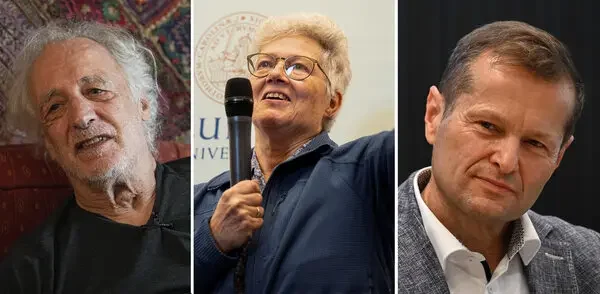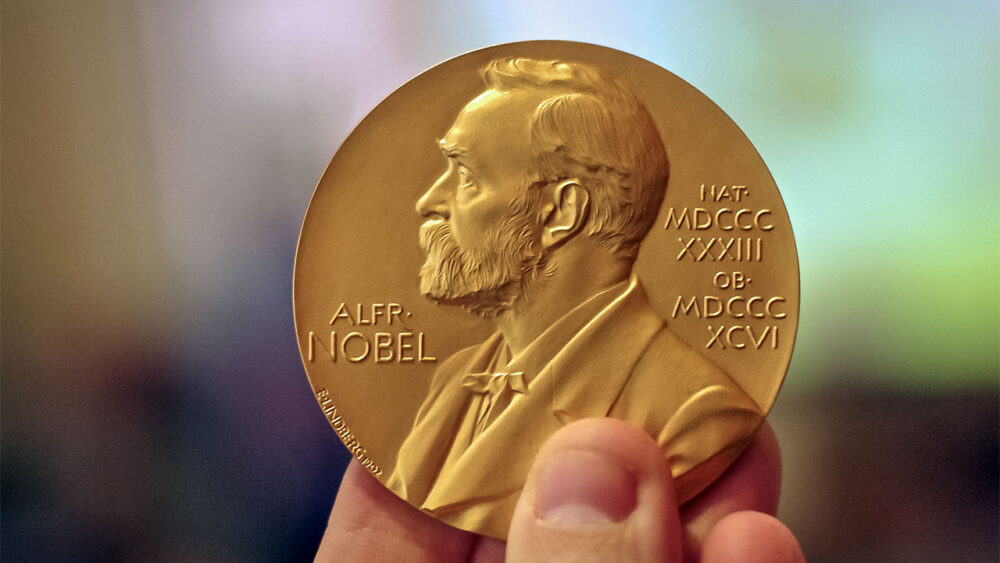In a groundbreaking discovery, researchers have unveiled a 70-million-year-old dinosaur embryo encased within a fossilized egg, providing an extraordinary glimpse into the developmental stages of prehistoric life. This exceptional find, named “Baby Yingliang,” was unearthed in southern China and is considered one of the most complete dinosaur embryos ever discovered.
The embryo’s remarkable preservation allows scientists to study its posture and skeletal structure in unprecedented detail. Notably, the embryo exhibits a curled position, with its head tucked beneath its body and limbs positioned on either side, resembling behaviors observed in modern bird embryos. This posture, known as “tucking,” is crucial for successful hatching and has been previously associated exclusively with avian species.
The discovery of this behavior in a non-avian dinosaur challenges previous assumptions about the evolutionary timeline of certain traits. It suggests that such behaviors may have originated earlier than previously thought, potentially dating back to the Late Cretaceous period.
Paleontologists believe that the embryo’s exceptional preservation resulted from rapid burial in fine sediment, possibly due to a sudden environmental event. This rapid entombment likely protected the specimen from decay, allowing for its remarkable preservation over millions of years.
This discovery not only sheds light on the developmental processes of dinosaurs but also provides valuable insights into the evolutionary connections between dinosaurs and modern birds. As research continues, scientists hope to uncover more about the behaviors and characteristics of these ancient creatures, further bridging the gap between prehistoric life and the avian species we see today.










